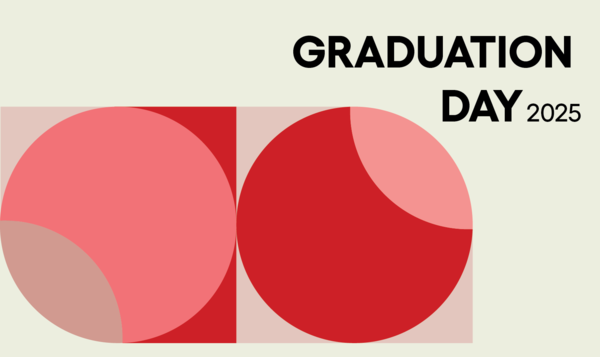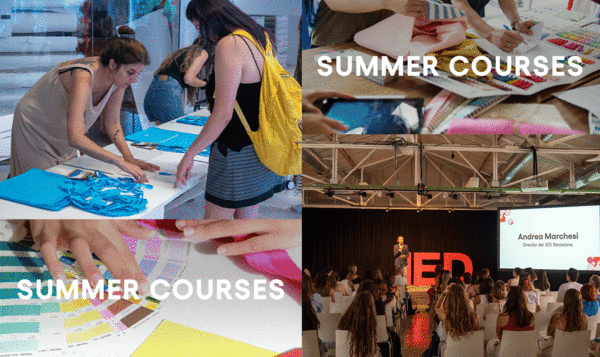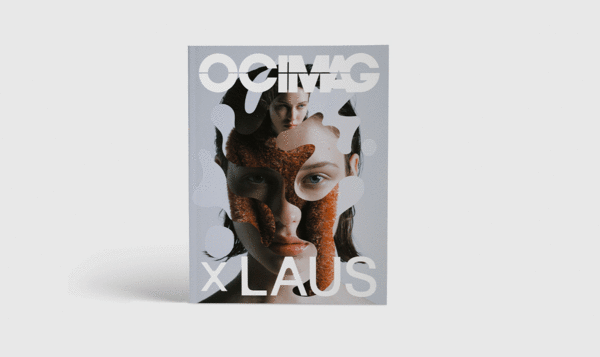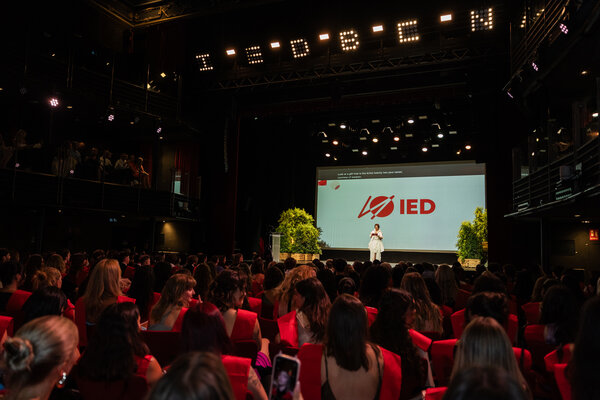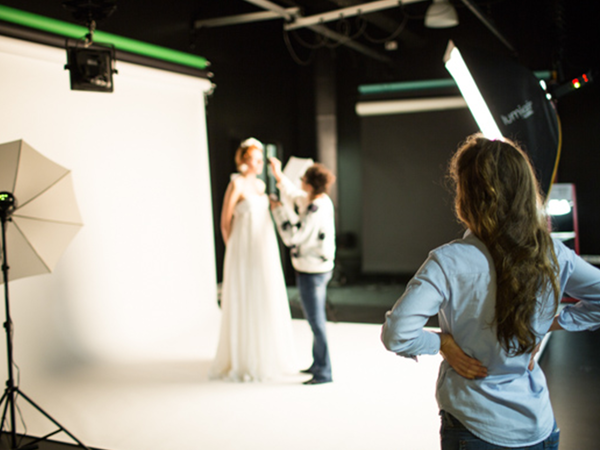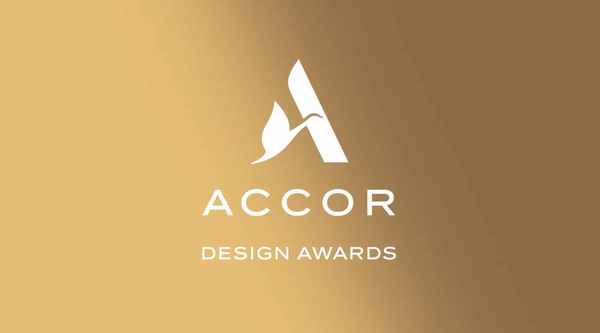A comprehensive guide to Interior Lighting Design: basic principles, smart technologies, daylight and training to design comfortable and sustainable spaces.
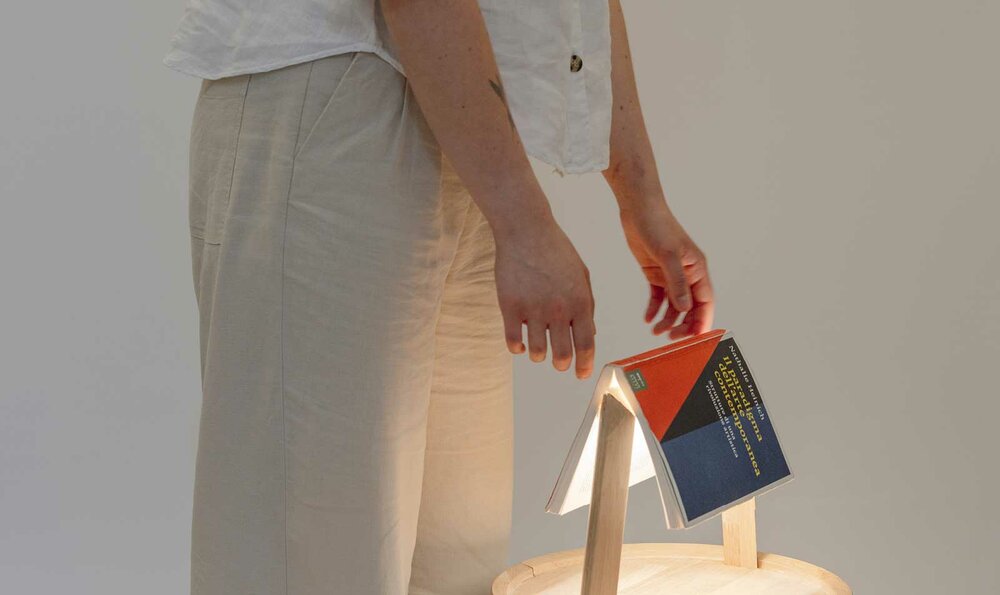
Adding value to spaces through interior lighting design
Date
28 April 2025
Light shapes the perception and experience of space – it enhances aesthetics while influencing the well-being and productivity of those who inhabit it. Interior lighting design is a key discipline within interior architecture, combining art and science to create environments that are functional, comfortable, and visually appealing.
This field demands a deep understanding of how light interacts with space, materials and people. A skilled lighting designer must know how to manipulate light to highlight architectural features, create the desired atmosphere, and support the various activities taking place within a space.
Interior lighting design: fundamentals and techniques
Interior lighting design is based on core principles that guide the creation of visually comfortable and efficient spaces from start to finish. Among the most important are:
- Proper light distribution – essential for ensuring even or targeted illumination, depending on the function and geometry of the space
- Glare control – necessary to avoid visual discomfort caused by overly bright or poorly directed light sources
- Colour balance – selecting light sources that render colours naturally
- Flexibility – designing lighting solutions that adapt to different activities and changes in daylight throughout the day
Achieving the right balance between natural and artificial light is also crucial. A well-designed scheme makes the most of daylight, combining it with artificial lighting systems to ensure visual comfort, energy efficiency, and overall well-being.
Natural and artificial light: an essential combination
Natural light plays a fundamental role in people’s physical and mental well-being. Beyond reducing energy consumption, exposure to sunlight improves mood and boosts productivity.
Thoughtful lighting design must consider the orientation of spaces, the placement of windows, skylights, and reflective surfaces to maximise the entry and distribution of natural light indoors. However, natural light alone is not always sufficient. This is where artificial lighting plays a complementary role by:
- Enhancing areas that receive limited or no natural light
- Ensuring adequate illumination in the evening or during poor weather conditions
- Creating targeted lighting effects, highlighting architectural details, furniture, or specific functional zones
Automated control systems allow artificial lighting to adjust according to the available natural light, improving visual comfort while optimising energy use.Technologies such as high-efficiency LEDs, motion sensors and smart systems support sustainable, high-quality lighting that also meets aesthetic and functional standards.
Smart lighting solutions for energy efficiency
Smart lighting represents a significant advancement in interior lighting, combining high-efficiency light sources with intelligent control systems. These technologies enable automated and dynamic light management, delivering practical benefits in both performance and user experience:
1. Energy optimisation – light intensity automatically adjusts according to occupancy and natural light levels, avoiding unnecessary energy use
2. Tailored experience – lighting scenarios can be programmed based on activities or time of day, enhancing comfort and functionality
3. Home automation integration – smart lighting systems communicate with other smart devices, supporting a responsive and coordinated environment
4. Data analysis – monitoring technologies collect insights to further optimise lighting use over time
These solutions apply in a variety of settings. In offices, for example, they enhance focus and worker well-being by responding to real-time conditions; in retail, they help create dynamic atmospheres and guide customer attention, contributing to a more engaging shopping experience.
Decorative and architectural lighting: creating atmosphere and style
Decorative and architectural lighting goes beyond function to become a key design element that shapes a space’s aesthetic and atmosphere. With careful use of fixtures and lighting techniques, it is possible to:
- Highlight architectural elements such as columns, arches or unique textures
- Create focal points and visual hierarchy within a space
- Define functional zones in open-plan environments
- Influence the perception of dimensions and proportions
Lighting solutions should harmonise with the overall interior design style. In a minimalist setting, for example, linear and discreet fittings may be preferred, while a more eclectic space could benefit from more distinctive decorative lighting.
Dynamic lighting, which allows variations in brightness and colour temperature, offers the flexibility to adapt a space’s atmosphere to different uses, making it more welcoming, expressive, and versatile.
Training and opportunities in lighting design
Lighting design is a growing sector, offering a wide range of career paths – from residential interiors to commercial, public and cultural spaces. IED offers specialised courses for those looking to focus their career in this field. The Lighting Design Experience course provides a practical and immersive approach, helping participants develop hands-on skills through real-world projects. For a more in-depth exploration of design and technical aspects, the Architectural Lighting Design course offers intensive training focused on the potential of light in architectural contexts – ideal for those aiming to stand out in a complex and fast-evolving industry.
If you're interested in a future in interior design, explore all of IED’s courses in the field. You'll gain the creative and technical skills needed to design spaces that are innovative, functional, and sustainable.



